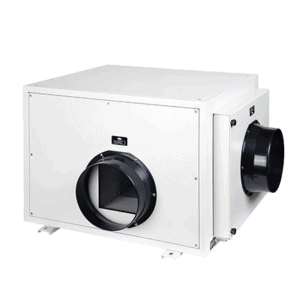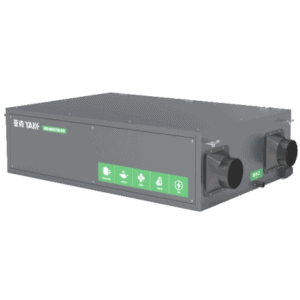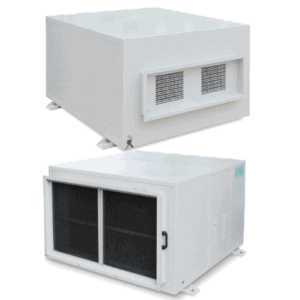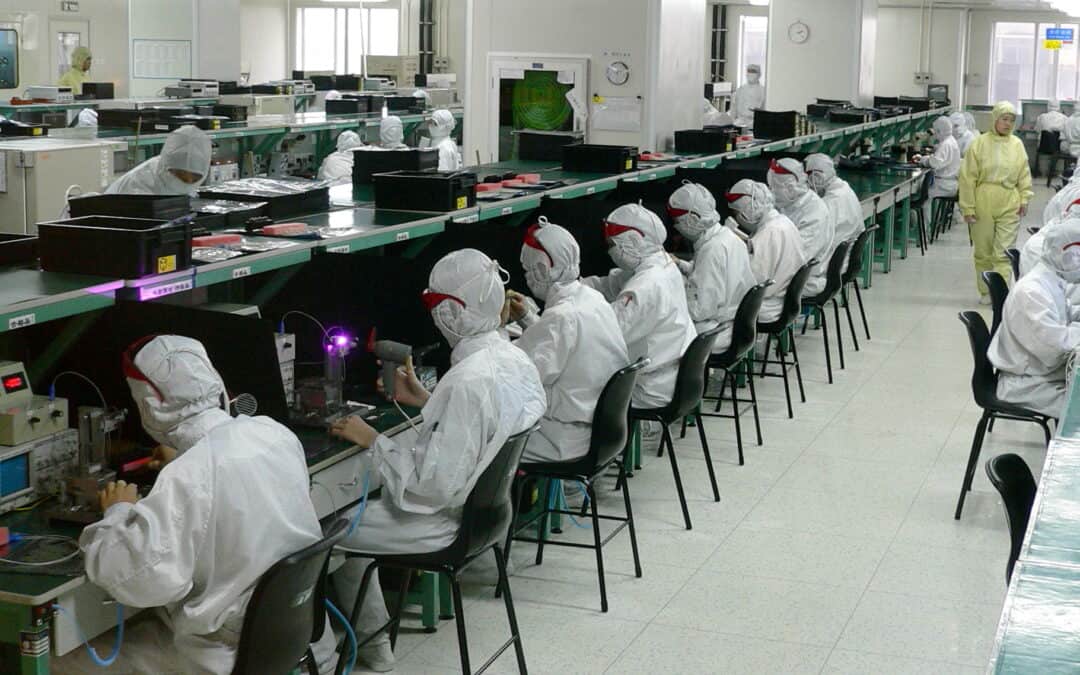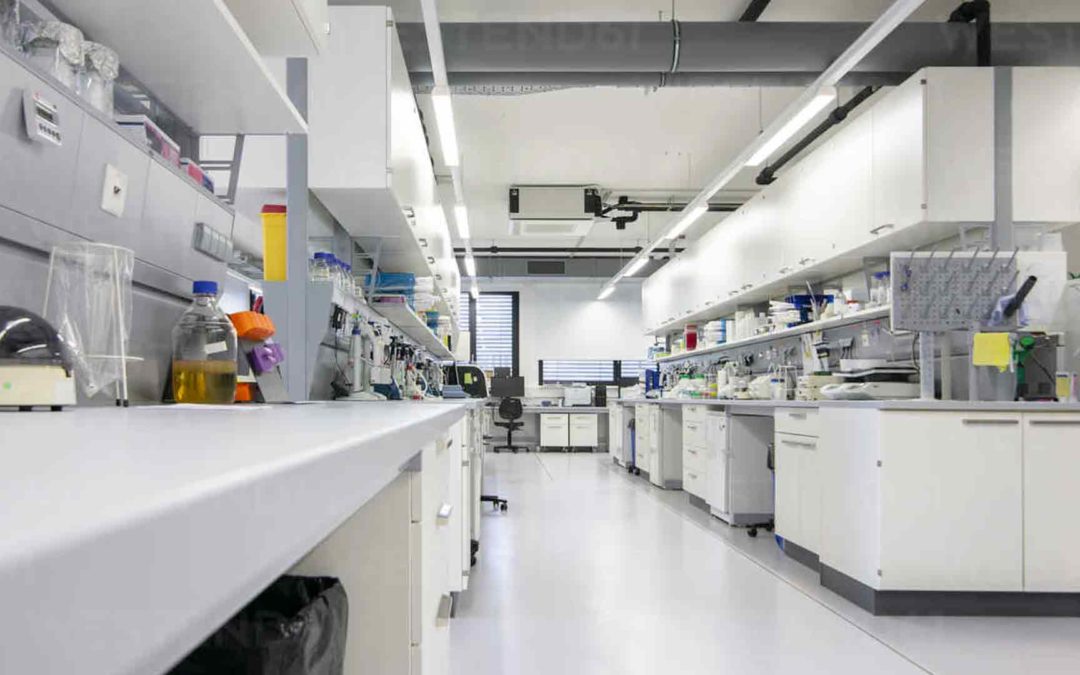Commercial dehumidifiers are crucial in creating a comfortable and healthy indoor environment in commercial settings.
These powerful machines are designed to remove excess moisture from the air, reducing humidity levels and preventing the growth of mould and mildew. In addition, commercial dehumidifiers can help protect equipment and products from damage and corrosion, while also improving energy efficiency and reducing utility costs.
In this article, we will explore the inner workings of commercial dehumidifiers, explaining how these machines work to create a more comfortable and efficient indoor environment.
By understanding the dehumidification process, you can make informed decisions about choosing the right commercial dehumidifier for your specific needs and ensure that your space remains healthy and comfortable for all who enter.
Understanding Humidity
Humidity is a measure of the amount of moisture present in the air. In commercial settings, high humidity levels can cause a range of problems, including mould growth, equipment damage, and uncomfortable working conditions.
Relative humidity is a term used to describe the amount of moisture in the air as a percentage of the total amount that the air can hold at a given temperature. The ideal relative humidity levels for different settings can vary, but generally, experts recommend maintaining relative humidity levels between 30% and 60%.
High humidity levels can lead to mould and mildew growth, which can cause serious health problems for employees and customers. In addition, high humidity can cause condensation to form on surfaces, leading to water damage and corrosion of equipment.
In commercial settings, such as factories, warehouses, and laboratories, maintaining proper humidity levels is critical for ensuring optimal working conditions, protecting equipment and products, and maintaining a safe and healthy indoor environment. By investing in a high-quality commercial dehumidifier, businesses can effectively control humidity levels and prevent these issues from occurring.

Components of a Commercial Dehumidifier
Commercial dehumidifiers are complex machines that are made up of several components, each with its own unique function. The major components of a commercial dehumidifier include:
- Compressor: The compressor is responsible for compressing the refrigerant gas and increasing its temperature and pressure.
- Evaporator: The evaporator is where the refrigerant absorbs heat from the air, causing the moisture in the air to condense and form water droplets.
- Condenser: The condenser is where the heat absorbed by the evaporator is released into the surrounding environment, cooling the refrigerant gas and allowing it to liquefy.
- Fan: The fan is responsible for moving the air across the evaporator and condenser coils, allowing the dehumidifier to effectively remove moisture from the air.
Each of these components plays a critical role in the dehumidification process. As air is drawn into the dehumidifier, it passes over the evaporator coil, where moisture in the air condenses and is collected in a drip tray or drainage system. The cooled, dry air is then reheated by the condenser coil and expelled back into the environment.
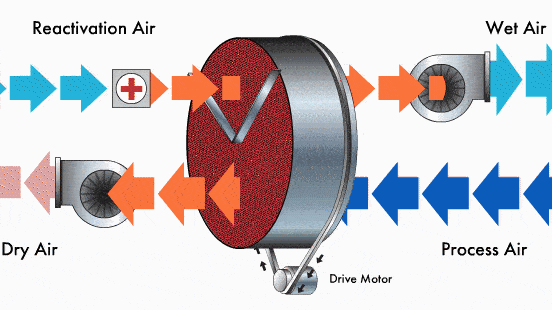
In order to effectively remove moisture from the air, all of these components must be working together in harmony. If any one of these components fails or malfunctions, the dehumidifier may not work as intended, leading to poor indoor air quality and potential damage to equipment and products.
The Dehumidification Process
Commercial dehumidifiers work by removing excess moisture from the air through a process called dehumidification. The dehumidification process involves several steps, including:
- Air intake: The dehumidifier draws in moist air from the environment.
- Moisture removal: The moist air passes over a cold coil, causing the moisture in the air to condense and form droplets.
- Water drainage: The water droplets are collected in a drip tray or drainage system and removed from the dehumidifier.
- Air reheating: The now-dry air passes over a warm coil, raising its temperature and returning it to the environment.
There are two main methods of dehumidification used in commercial dehumidifiers: refrigeration and desiccant technologies.
Refrigeration dehumidifiers use a compressor and a refrigerant gas to cool the air and remove moisture. These dehumidifiers are highly effective in environments where the temperature is above freezing, and they are typically less expensive to operate than desiccant dehumidifiers. However, refrigeration dehumidifiers are less effective in colder environments and may struggle to maintain low humidity levels in extremely humid conditions.

Desiccant dehumidifiers use a desiccant material, such as silica gel or activated alumina, to absorb moisture from the air. These dehumidifiers are highly effective in cold environments, where refrigeration dehumidifiers may struggle to maintain low humidity levels. However, desiccant dehumidifiers are typically more expensive to operate than refrigeration dehumidifiers, and they may require more frequent maintenance.
Ultimately, the choice between refrigeration and desiccant dehumidifiers will depend on your specific needs and the conditions in your environment. By understanding the dehumidification process and the various methods available, you can make an informed decision about which type of commercial dehumidifier is right for your business.
Choosing the Right Commercial Dehumidifier
When selecting a commercial dehumidifier, there are several factors to consider to ensure that you choose the right unit for your specific needs. Some of the most important factors to consider include:
- Size of the space: The size of the space you need to dehumidify will determine the capacity of the dehumidifier you need. A larger space will require a higher capacity dehumidifier than a smaller space.
- Desired humidity level: Different settings require different humidity levels. For example, a warehouse may need a lower humidity level than a laboratory or a hospital. The ideal humidity level for your specific setting should be determined based on the specific requirements of your industry.
- Energy efficiency: Energy efficiency is an important consideration when selecting a commercial dehumidifier. A more energy-efficient unit will help you save money on your energy bills over time.
There are several types of commercial dehumidifiers available on the market, each with its own unique benefits and drawbacks. Some of the most common types of commercial dehumidifiers include:
- Portable units: Portable dehumidifiers are easy to move around and are ideal for small spaces or for temporary use.
- Wall-mounted units: Wall-mounted dehumidifiers are permanently installed and are ideal for spaces where floor space is limited.
- Ducted units: Ducted dehumidifiers are integrated into an HVAC system and can dehumidify an entire building. These units are typically the most expensive but can be the most effective and efficient solution for larger spaces.
By considering these factors and understanding the different types of commercial dehumidifiers available, you can choose the right unit to maintain a healthy and comfortable indoor environment in your commercial space.
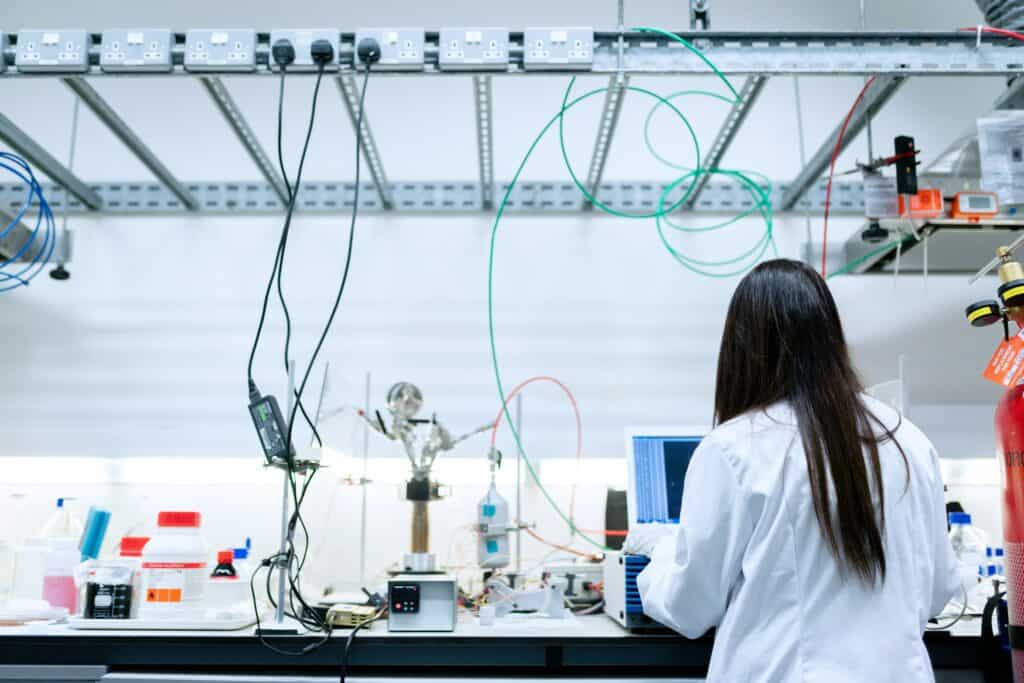
Maintenance and Care of Commercial Dehumidifiers
Proper maintenance and care of commercial dehumidifiers are essential to ensure their optimal performance and longevity. Neglecting the maintenance of your dehumidifier can lead to decreased efficiency, increased energy costs, and even system failure. Here are some tips to help you maintain and care for your commercial dehumidifier:
- Regular cleaning: Regular cleaning of your dehumidifier’s air filter is essential to ensure optimal performance. A dirty air filter can cause your dehumidifier to work harder than necessary, leading to increased energy costs and reduced efficiency. It is recommended to clean or replace the air filter every three to six months, depending on the frequency of use.
- Check the drainage system: The drainage system of your dehumidifier must be checked regularly to ensure that it is functioning correctly. If the drainage system is not working correctly, it can lead to water leakage and even damage to your property. Ensure that the drainage system is free from blockages, and the hose is connected correctly.
- Check the refrigerant levels: Commercial dehumidifiers that use refrigeration technology require a specific amount of refrigerant to operate correctly. If the refrigerant levels are too low, it can cause the unit to malfunction or even fail. Ensure that the refrigerant levels are checked regularly and topped up if necessary.
- Schedule regular maintenance: It is recommended to schedule regular maintenance checks by a professional to ensure that your dehumidifier is operating correctly. Professional maintenance can help to identify potential issues before they become major problems and can help to extend the life of your dehumidifier.
By following these maintenance tips, you can ensure that your commercial dehumidifier is working at its optimal performance, reducing energy costs, and ensuring a comfortable and healthy indoor environment for your business.

Conclusion
In summary, commercial dehumidifiers play a vital role in maintaining a comfortable and healthy indoor environment in commercial settings. Understanding humidity and its effects on indoor environments, the components of a dehumidifier, the dehumidification process, and choosing the right dehumidifier are all essential factors to consider. Proper maintenance and care are also crucial to ensure the optimal performance and longevity of your dehumidifier.
Investing in a commercial dehumidifier can provide numerous benefits, including reducing energy costs, preventing mould growth, and protecting equipment from damage. With the right dehumidifier and proper maintenance, you can create a comfortable and healthy indoor environment for your business.
In conclusion, we hope that this article has provided you with a better understanding of how commercial dehumidifiers work and the importance of proper maintenance and care. Remember to consider the factors mentioned when choosing a dehumidifier and schedule regular maintenance checks to ensure optimal performance.

